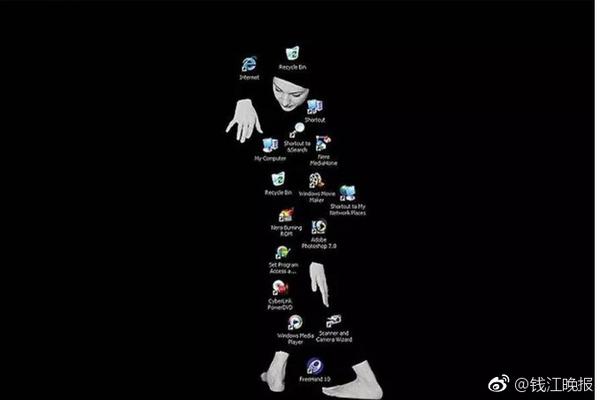
Car engines and gearboxes are connected together.The car engine and the gearbox are connected by a transmission shaft (also known as the drive shaft). The transmission shaft transmits the power of the engine to the gears and clutches in the gearbox, thus controlling the speed and power of the vehicle.
The connection method of the engine and the gearbox is: first lift the engine, and then lift the gearbox; the operator slowly aligns and assembles them together through the positioning pin and core shaft on the engine and gearbox; and then tightens the connection bolts on the engine and gearbox.
The half-shaft is not directly connected to the gearbox, but directly connected to the hub and differential.
When the engine is working, the flywheel and the pump wheel rotate together, driving the oil in the pump to drive the turbine impeller to rotate. It's like putting two fans together face to face, turning on one fan, and the other fan will also rotate.The guide wheel makes the oil thrown by the turbine hit the pump wheel again, increasing the torque.
Assemble the shell of the six-speed gearbox. Assemble gears and shafts. Assemble the internal structure of the shell. Add a motor, including a motor and a battery box. Connect the motor and the shaft. Add wheels. Conduct a test.
When the engine is working, the flywheel and the pump wheel rotate together, driving the oil in the pump to drive the turbine impeller to rotate. It's like putting two fans together face to face, turning on one fan, and the other fan will also rotate. The guide wheel makes the oil thrown by the turbine hit the pump wheel again, increasing the torque.
The gearbox is a gearbox that changes the transmission ratio and direction of movement.It is located between the clutch and the central transmission. The main functions are: changing the driving force and driving speed of the vehicle (shifting gears) when the engine speed and torque remain unchanged; so that the vehicle can drive backwards (change direction); the engine can stop without turning off (idling gear).
It enables cars to drive at a very low and stable speed, and this kind of. It is difficult to achieve a low speed by relying on the minimum stable speed of the internal combustion engine alone; the reverse gear of the gearbox allows the car to drive backwards; its neutral gear allows the car to separate the engine from the transmission system for a long time when starting the engine, stopping and taxiing, etc.
Reverse the gear in the sixth or seventh gear, marked with a capitalized R. After stepping on the clutch, just hang directly into the position marked R, which is the most common reverse gear method. Press down, and then hang the reverse gear. Some cars need to press the gear down when hanging the reverse gear.
The reverse gear needs to be pressed down with a certain force. Press and hold it and push it forward to the left at the same time. If you don't press it, it will be the first gear. This down-pressing action can be understood as unlocking the reverse lock. The chance of hanging wrong should be 0, unless the driver is dizzy.
1. Engine power can be conducted to the gearbox through the clutch. Power can also be transmitted to the gearbox through the hydraulic torque converter.
2. The connection method of the engine and the gearbox is: first hoist the engine, and then lift the gearbox; the operator slowly aligns and assembles them together through the positioning pin and core shaft on the engine and gearbox; and then tightens the connection bolts on the engine and gearbox.
3. When the engine is working, the flywheel and the pump wheel rotate together, driving the oil in the pump to drive the turbine impeller to rotate. It's like putting two fans together face to face, turning on one fan, and the other fan will also rotate. The guide wheel makes the oil thrown by the turbine hit the pump wheel again, increasing the torque.

UEFA Champions League-APP, download it now, new users will receive a novice gift pack.
Car engines and gearboxes are connected together.The car engine and the gearbox are connected by a transmission shaft (also known as the drive shaft). The transmission shaft transmits the power of the engine to the gears and clutches in the gearbox, thus controlling the speed and power of the vehicle.
The connection method of the engine and the gearbox is: first lift the engine, and then lift the gearbox; the operator slowly aligns and assembles them together through the positioning pin and core shaft on the engine and gearbox; and then tightens the connection bolts on the engine and gearbox.
The half-shaft is not directly connected to the gearbox, but directly connected to the hub and differential.
When the engine is working, the flywheel and the pump wheel rotate together, driving the oil in the pump to drive the turbine impeller to rotate. It's like putting two fans together face to face, turning on one fan, and the other fan will also rotate.The guide wheel makes the oil thrown by the turbine hit the pump wheel again, increasing the torque.
Assemble the shell of the six-speed gearbox. Assemble gears and shafts. Assemble the internal structure of the shell. Add a motor, including a motor and a battery box. Connect the motor and the shaft. Add wheels. Conduct a test.
When the engine is working, the flywheel and the pump wheel rotate together, driving the oil in the pump to drive the turbine impeller to rotate. It's like putting two fans together face to face, turning on one fan, and the other fan will also rotate. The guide wheel makes the oil thrown by the turbine hit the pump wheel again, increasing the torque.
The gearbox is a gearbox that changes the transmission ratio and direction of movement.It is located between the clutch and the central transmission. The main functions are: changing the driving force and driving speed of the vehicle (shifting gears) when the engine speed and torque remain unchanged; so that the vehicle can drive backwards (change direction); the engine can stop without turning off (idling gear).
It enables cars to drive at a very low and stable speed, and this kind of. It is difficult to achieve a low speed by relying on the minimum stable speed of the internal combustion engine alone; the reverse gear of the gearbox allows the car to drive backwards; its neutral gear allows the car to separate the engine from the transmission system for a long time when starting the engine, stopping and taxiing, etc.
Reverse the gear in the sixth or seventh gear, marked with a capitalized R. After stepping on the clutch, just hang directly into the position marked R, which is the most common reverse gear method. Press down, and then hang the reverse gear. Some cars need to press the gear down when hanging the reverse gear.
The reverse gear needs to be pressed down with a certain force. Press and hold it and push it forward to the left at the same time. If you don't press it, it will be the first gear. This down-pressing action can be understood as unlocking the reverse lock. The chance of hanging wrong should be 0, unless the driver is dizzy.
1. Engine power can be conducted to the gearbox through the clutch. Power can also be transmitted to the gearbox through the hydraulic torque converter.
2. The connection method of the engine and the gearbox is: first hoist the engine, and then lift the gearbox; the operator slowly aligns and assembles them together through the positioning pin and core shaft on the engine and gearbox; and then tightens the connection bolts on the engine and gearbox.
3. When the engine is working, the flywheel and the pump wheel rotate together, driving the oil in the pump to drive the turbine impeller to rotate. It's like putting two fans together face to face, turning on one fan, and the other fan will also rotate. The guide wheel makes the oil thrown by the turbine hit the pump wheel again, increasing the torque.

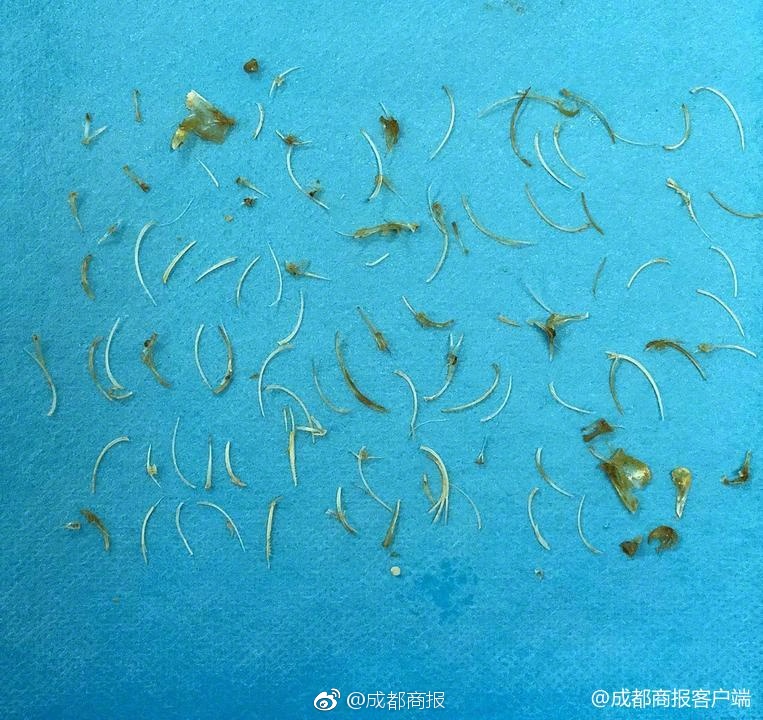 Hearthstone Arena Tier List
Hearthstone Arena Tier List
686.96MB
Check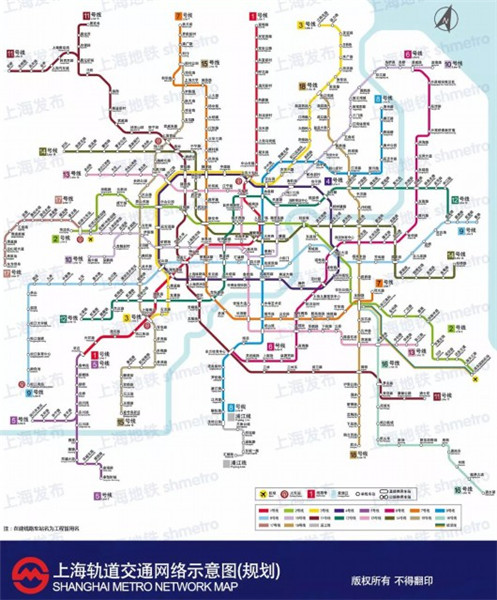 bingo plus update today Philippines
bingo plus update today Philippines
949.95MB
Check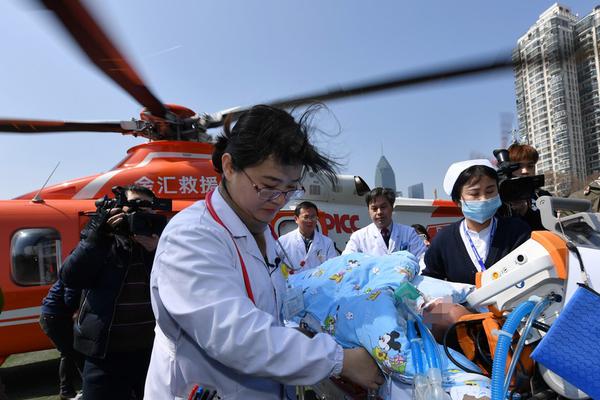 Hearthstone Arena class tier list 2024
Hearthstone Arena class tier list 2024
962.24MB
Check bingo plus update today Philippines
bingo plus update today Philippines
725.55MB
Check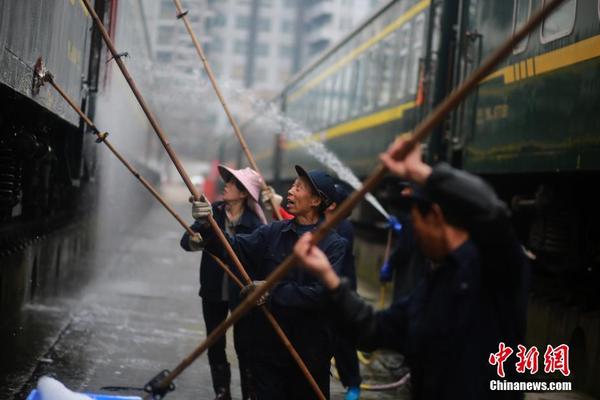 Hearthstone arena deck Builder
Hearthstone arena deck Builder
968.36MB
Check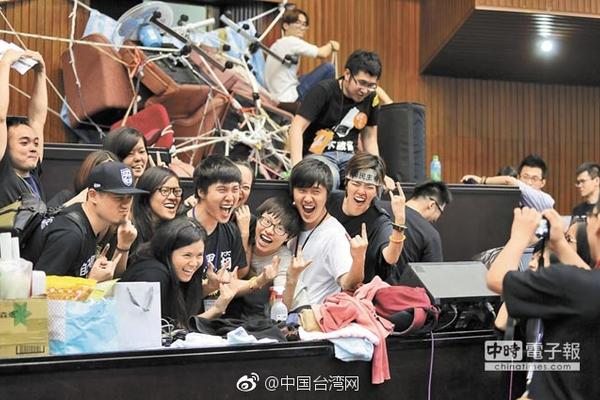 Hearthstone deck
Hearthstone deck
371.62MB
Check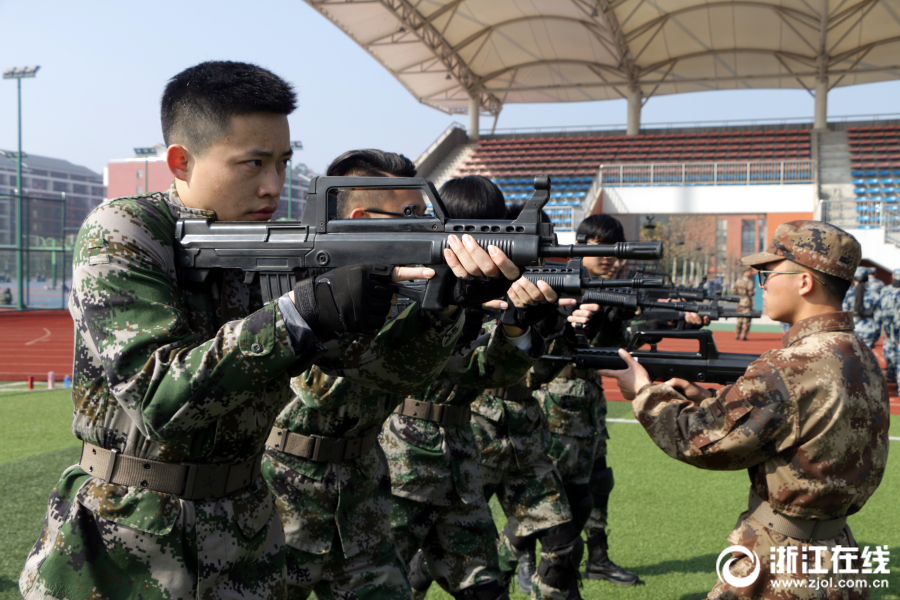 App to watch Champions League live free
App to watch Champions League live free
444.52MB
Check Arena plus APK
Arena plus APK
233.59MB
Check UEFA Champions League live
UEFA Champions League live
654.45MB
Check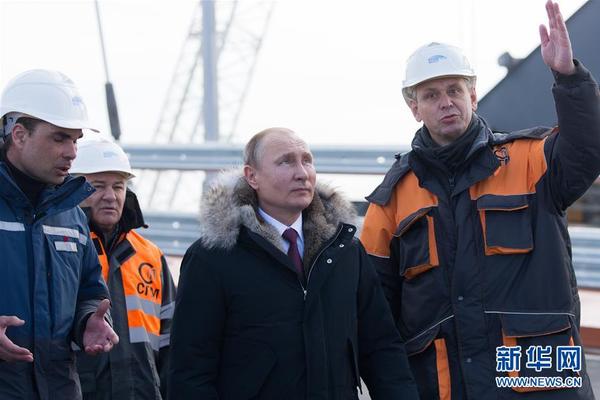 100 free bonus casino no deposit GCash
100 free bonus casino no deposit GCash
814.38MB
Check Champions League
Champions League
323.78MB
Check Casino Plus free 100
Casino Plus free 100
533.74MB
Check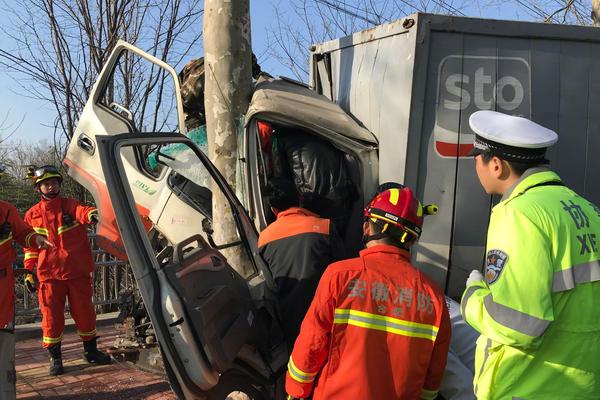 UEFA Champions League standings
UEFA Champions League standings
895.27MB
Check UEFA European championship
UEFA European championship
854.24MB
Check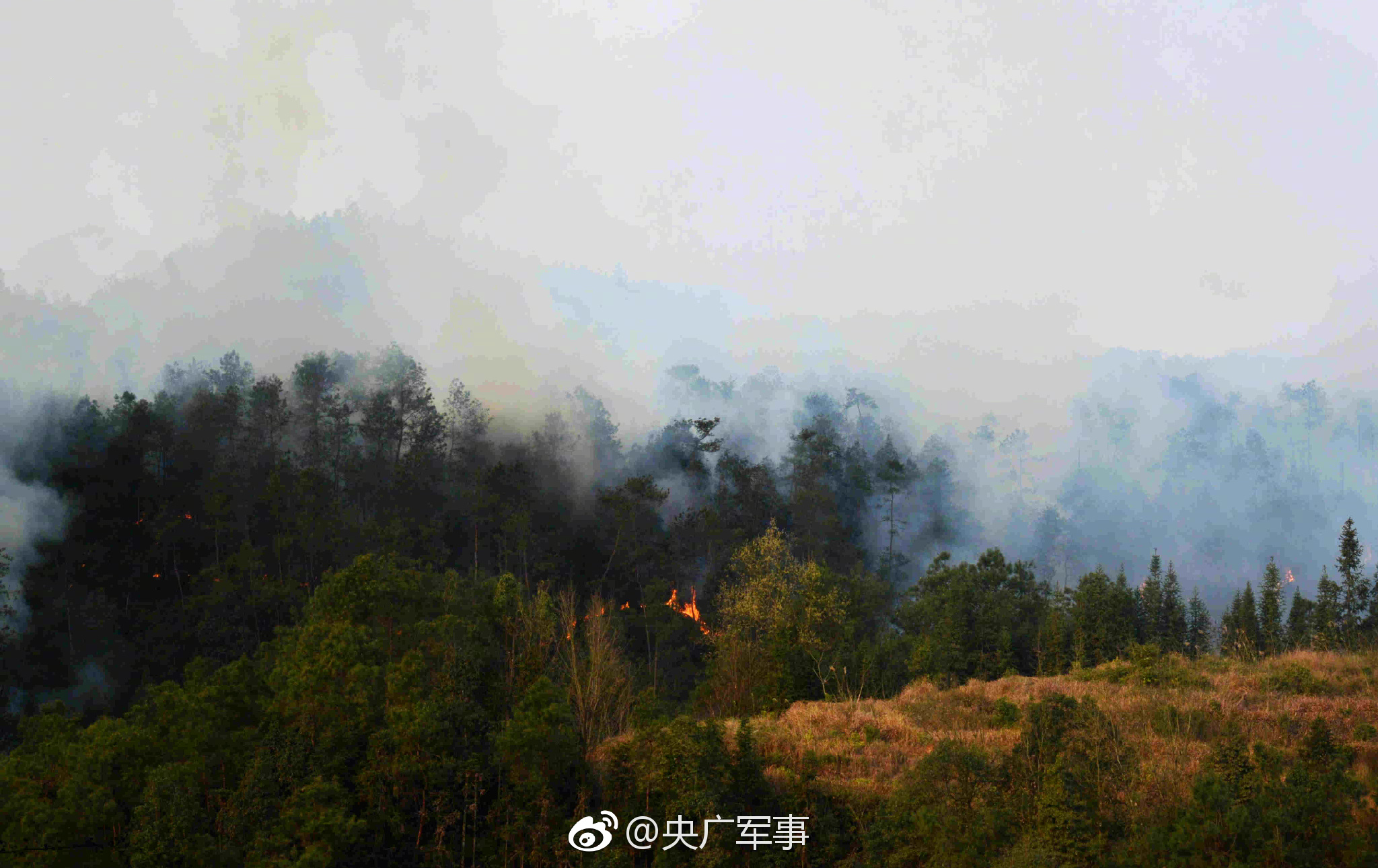 UEFA TV
UEFA TV
253.55MB
Check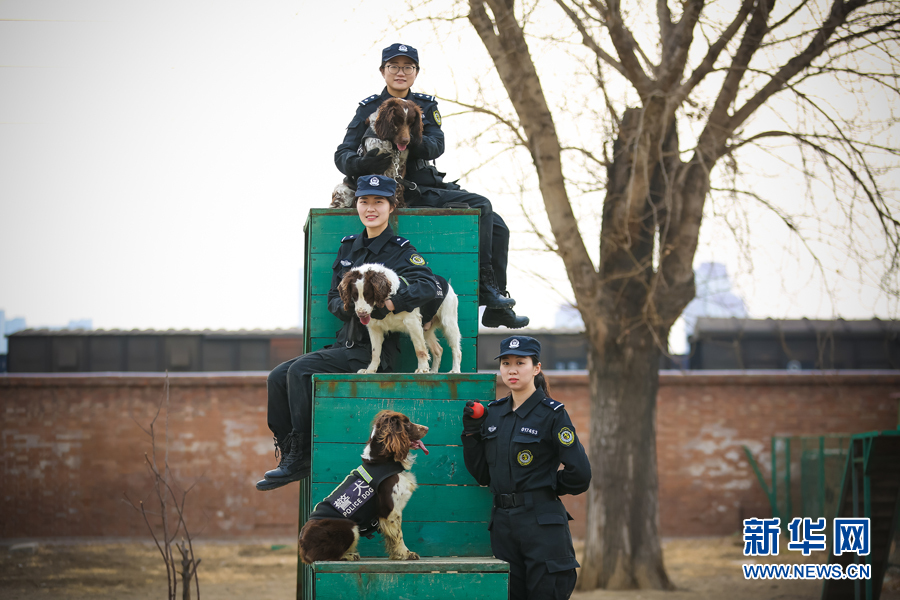 DigiPlus
DigiPlus
985.49MB
Check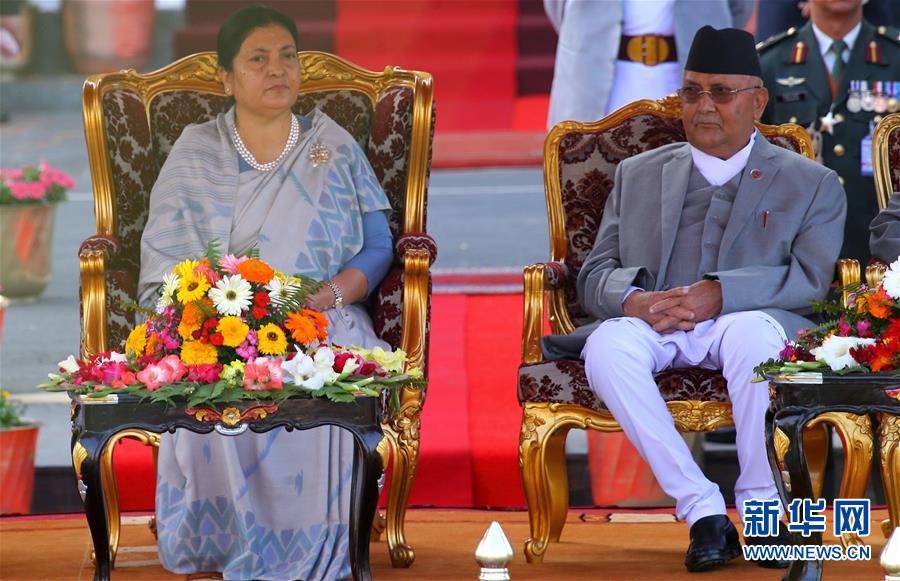 UEFA EURO
UEFA EURO
179.14MB
Check UEFA EURO
UEFA EURO
465.43MB
Check Bingo Plus stock
Bingo Plus stock
988.47MB
Check LR stock price Philippines
LR stock price Philippines
866.67MB
Check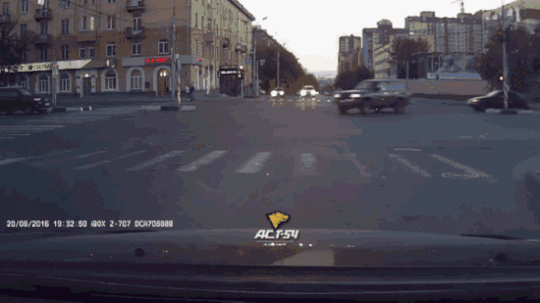 Casino Plus GCash login
Casino Plus GCash login
995.14MB
Check App to watch Champions League live free
App to watch Champions League live free
689.45MB
Check LR stock price Philippines
LR stock price Philippines
781.66MB
Check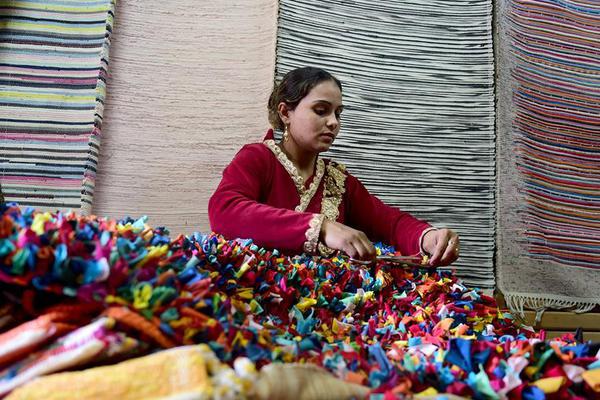 DigiPlus stock
DigiPlus stock
211.89MB
Check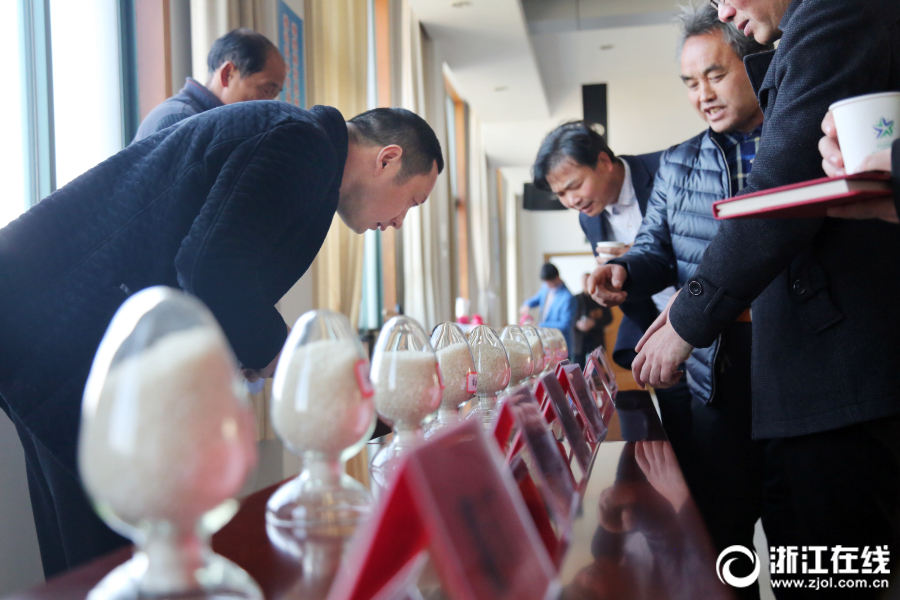 Hearthstone Arena win rate
Hearthstone Arena win rate
164.36MB
Check Free sports events uefa champions league app android
Free sports events uefa champions league app android
799.42MB
Check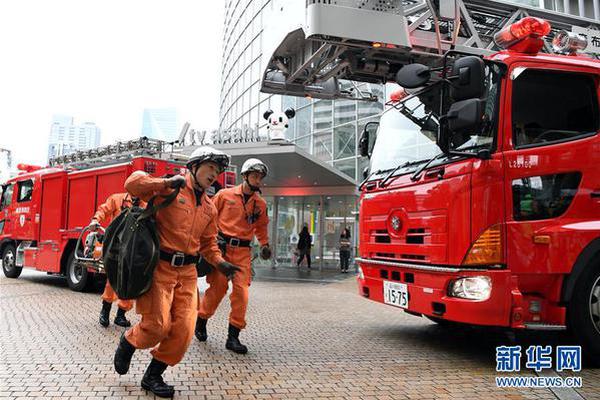 UEFA EURO
UEFA EURO
126.87MB
Check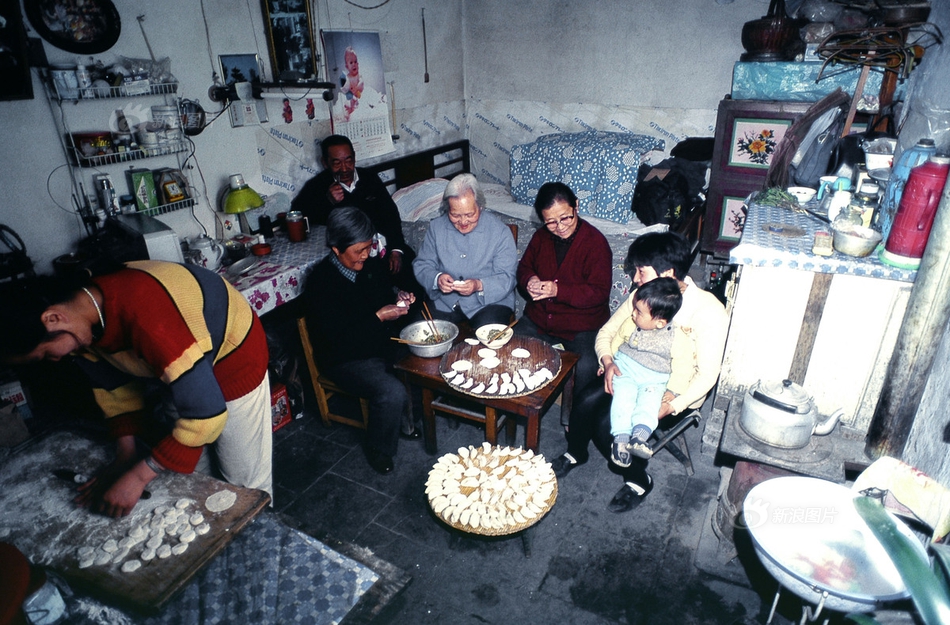 Walletinvestor digi plus
Walletinvestor digi plus
868.48MB
Check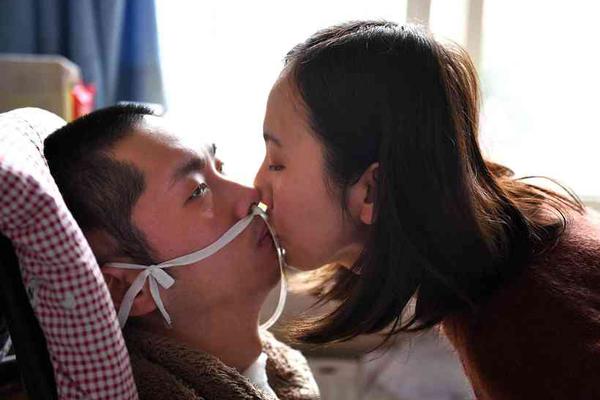 UEFA EURO
UEFA EURO
795.24MB
Check UEFA Champions League live streaming free
UEFA Champions League live streaming free
352.27MB
Check Casino redeem
Casino redeem
552.41MB
Check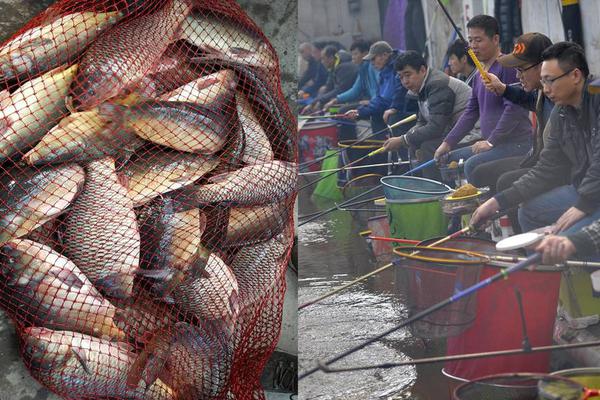 Casino free 100 no deposit
Casino free 100 no deposit
198.52MB
Check Walletinvestor digi plus
Walletinvestor digi plus
871.45MB
Check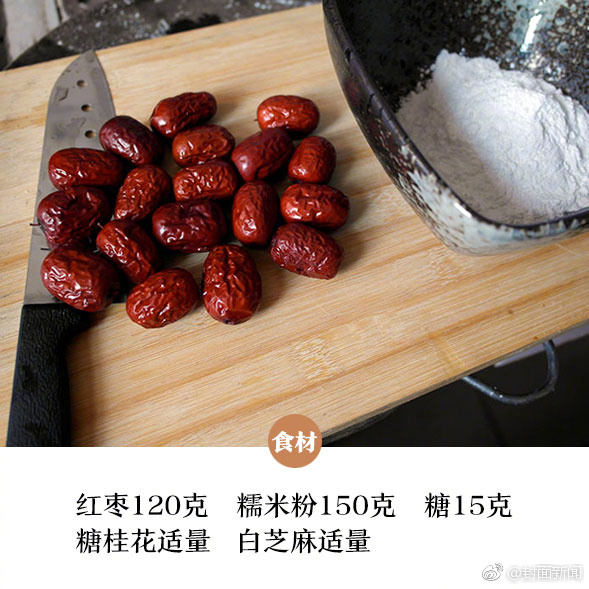 Casino Plus free 100
Casino Plus free 100
252.61MB
Check DigiPlus
DigiPlus
746.55MB
Check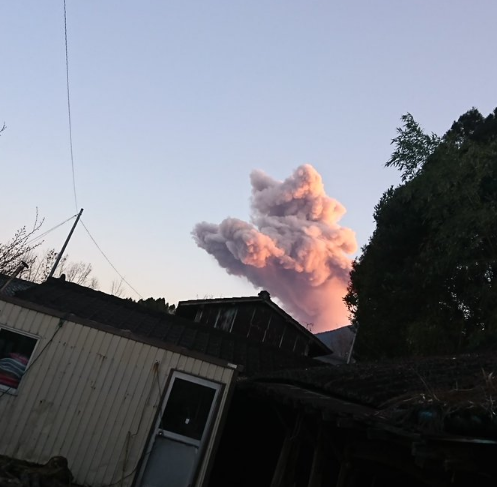 Casino Plus app
Casino Plus app
271.16MB
Check
Scan to install
UEFA Champions League to discover more
Netizen comments More
2315 Casino Plus GCash login
2025-02-23 00:30 recommend
271 UEFA European championship
2025-02-22 23:46 recommend
2764 UEFA Champions League live streaming free
2025-02-22 23:43 recommend
2272 Casino Plus free 100
2025-02-22 22:37 recommend
2714 DigiPlus stock
2025-02-22 22:36 recommend